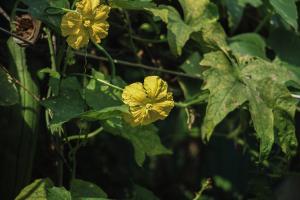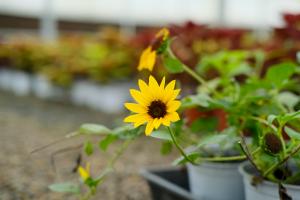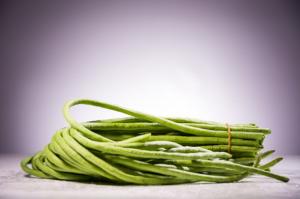Is Potting Soil Good for Indoor Plants?
Indoor plants are a great addition to any home or office, providing a refreshing touch of green to the environment. However, to help indoor plants thrive, it's essential to provide them with the right growing conditions, and that includes using the right type of soil. Potting soil is a popular option for indoor plants due to its many benefits. Let's take a closer look at why potting soil is good for indoor plants.
Benefits of Potting Soil for Indoor Plants
Potting soil is a mix of organic matter and inert materials. The primary organic component of potting soil is usually peat moss, which is a natural soil conditioner. The soil also contains other organic materials like compost and worm castings, which provide essential nutrients to the plant. The inert materials are usually things like perlite, vermiculite, and sand, which help to improve drainage and aeration for the plant.
Potting soil also has a pH level that is appropriate for most indoor plants. The pH level of potting soil is usually slightly acidic, which is ideal for plants that prefer a slightly acidic environment. Additionally, potting soil is usually free of pests and diseases that can harm indoor plants, making it a safe option for plant growth.
How to Choose the Right Potting Soil for Your Indoor Plants
Choosing the right potting soil for your indoor plants is essential for their growth and well-being. When selecting potting soil, it's important to consider the following factors:
The type of plant you're growing
The drainage requirements of the plant
The light requirements of the plant
The pH level of the soil
Each plant has unique growing requirements, and the potting soil you choose should align with those requirements. For instance, succulents and cacti prefer well-draining soil, while ferns thrive in moist soil. On the other hand, orchids require a mix of bark, perlite, and peat moss because they grow best in well-draining soil that's also moisture-retentive.
How to Use Potting Soil for Indoor Plants
Using potting soil for indoor plants is relatively easy. Here's a step-by-step guide:
Choose the right container: Make sure the container you choose has drainage holes at the bottom.
Add a layer of drainage material: Put some gravel or pebbles at the bottom of the container to improve drainage.
Add the potting soil: Fill the container with potting soil, leaving some space for the plant.
Add the plant: Gently remove the plant from its existing container, and place it in the new container. Add more potting soil around the plant until it's stable.
Water the plant: Water the plant thoroughly, making sure the water drains out of the bottom of the container.
After planting, it's important to monitor the plant and make sure it's getting adequate light, water, and nutrients. Remember to also maintain proper drainage and avoid over-watering the plant, which can lead to root rot.
Conclusion
Potting soil is an excellent option for indoor plants as it contains organic matter and inert materials that provide essential nutrients, improve drainage and aeration, and maintain an ideal pH level for most indoor plants. When choosing potting soil for your indoor plants, consider the unique growing requirements of the plant and make sure to use the right type of soil. With proper usage and care, potting soil can help your indoor plants thrive and provide a refreshing touch of green to any space.

 how many times do yo...
how many times do yo... how many planted tre...
how many planted tre... how many pine trees ...
how many pine trees ... how many pecan trees...
how many pecan trees... how many plants comp...
how many plants comp... how many plants can ...
how many plants can ... how many plants and ...
how many plants and ... how many pepper plan...
how many pepper plan...






























